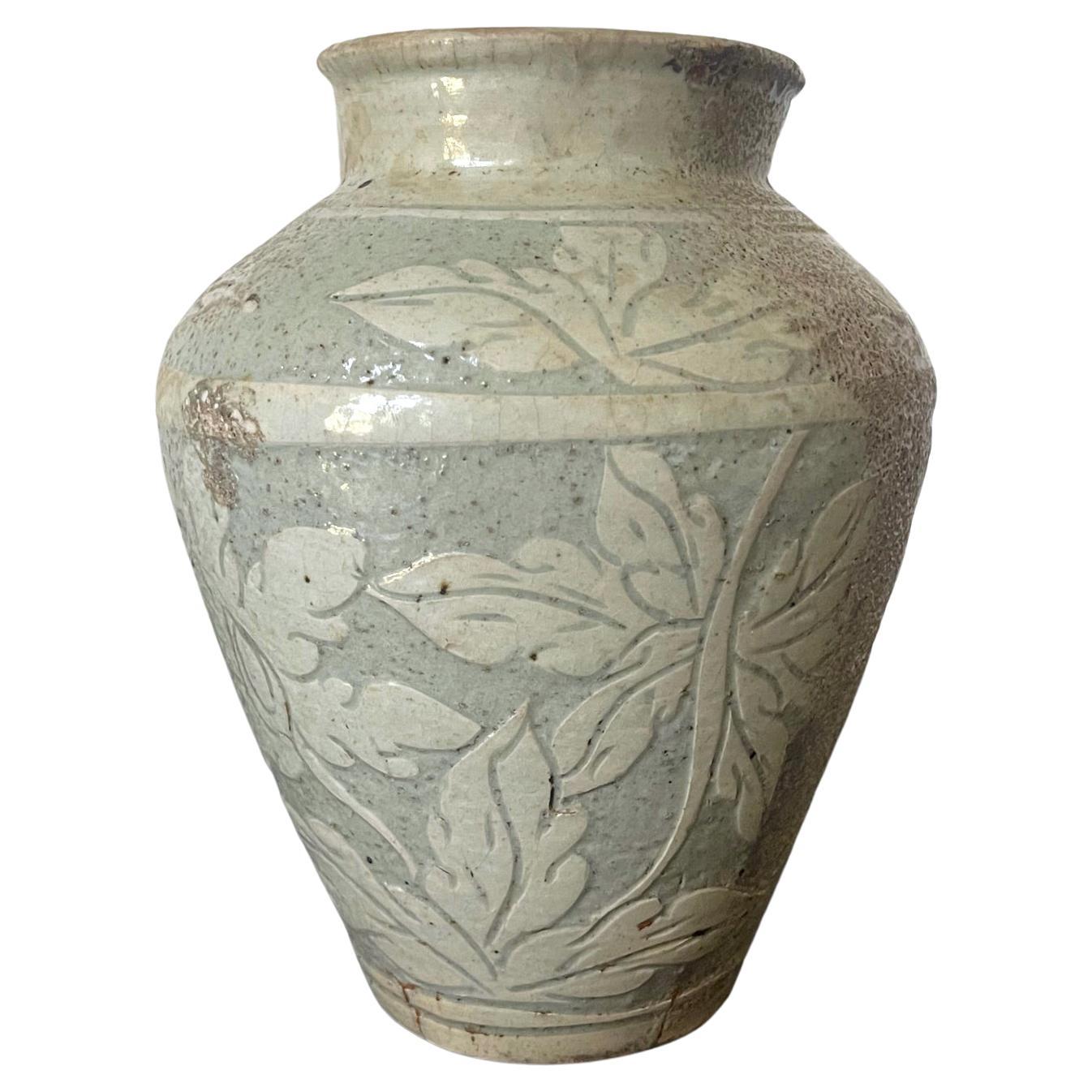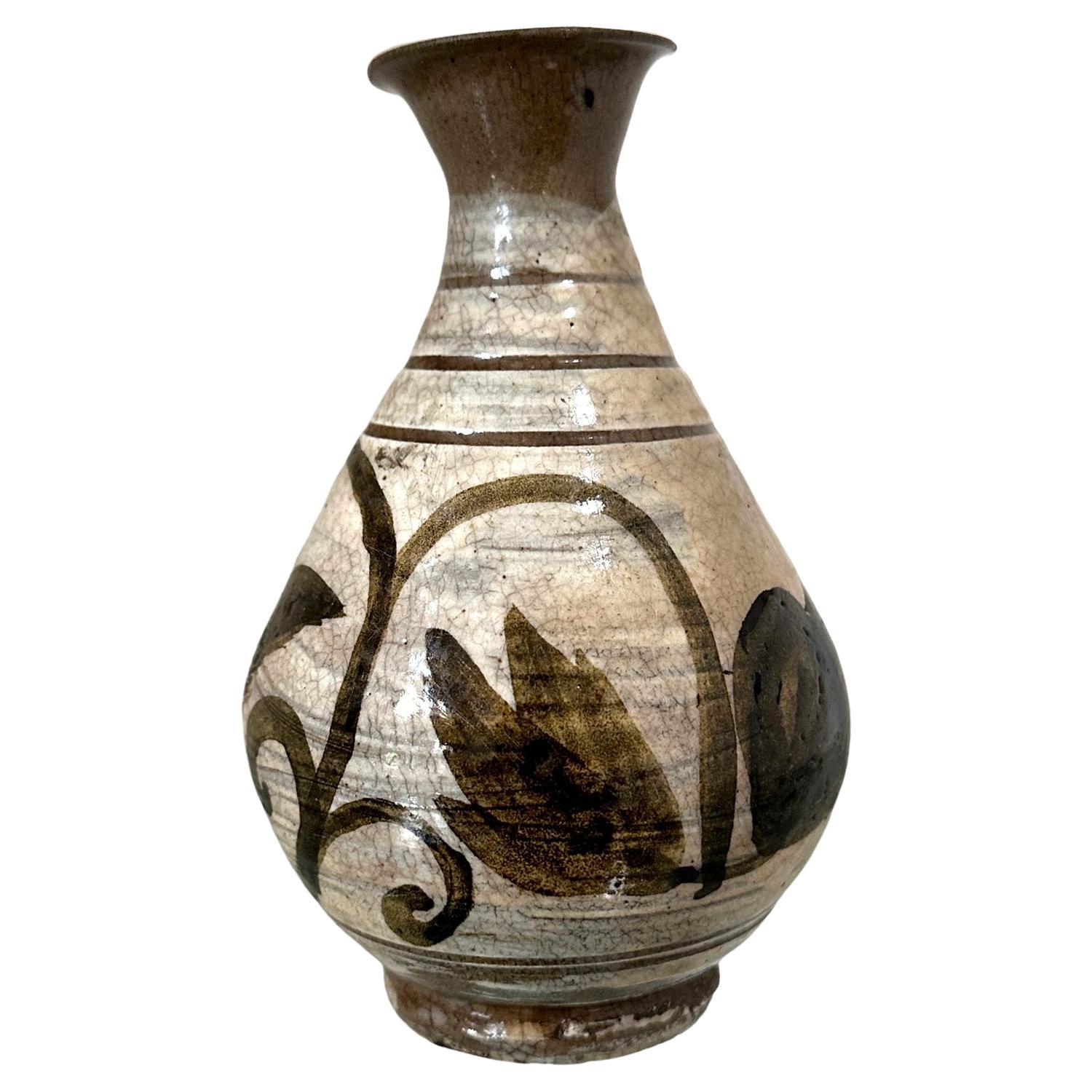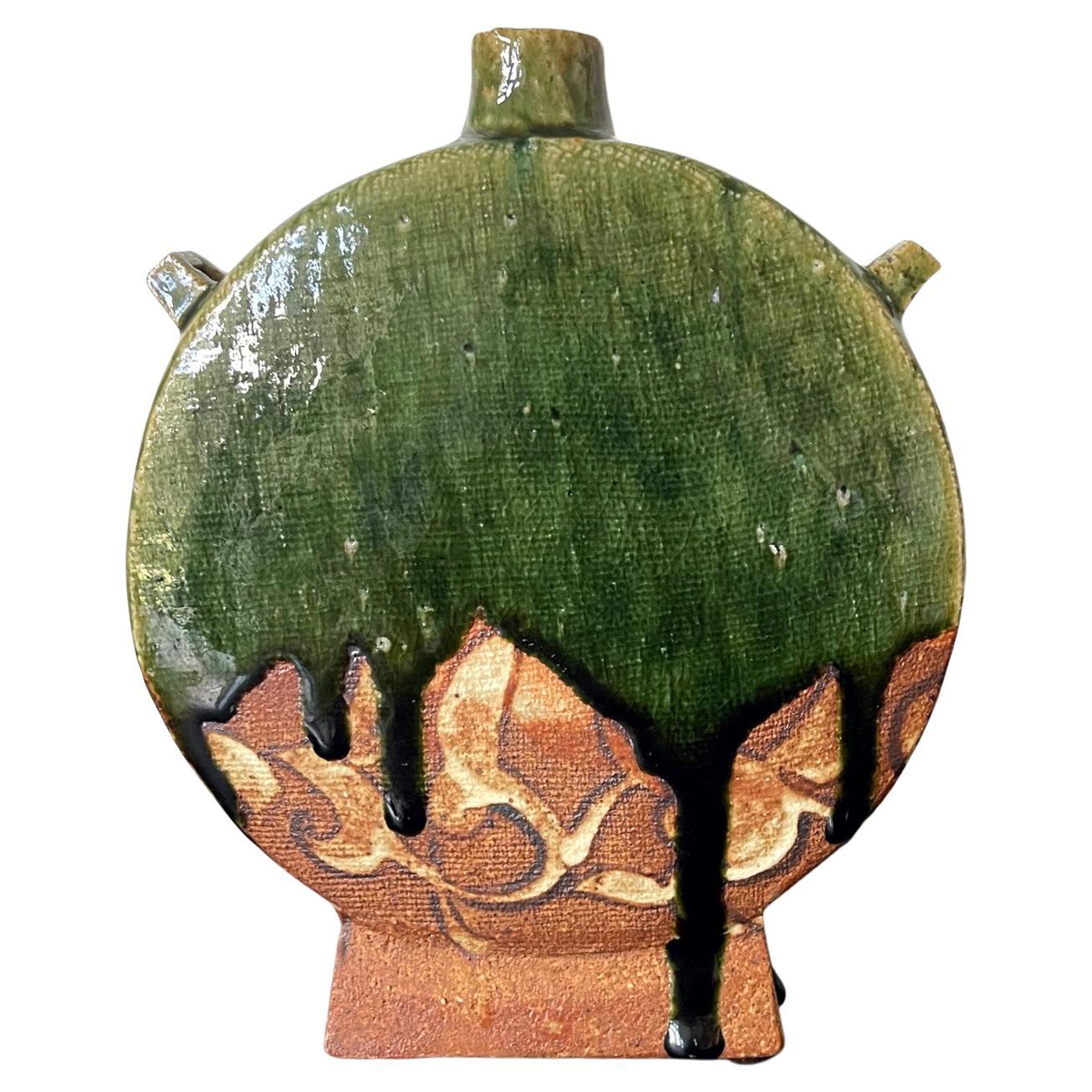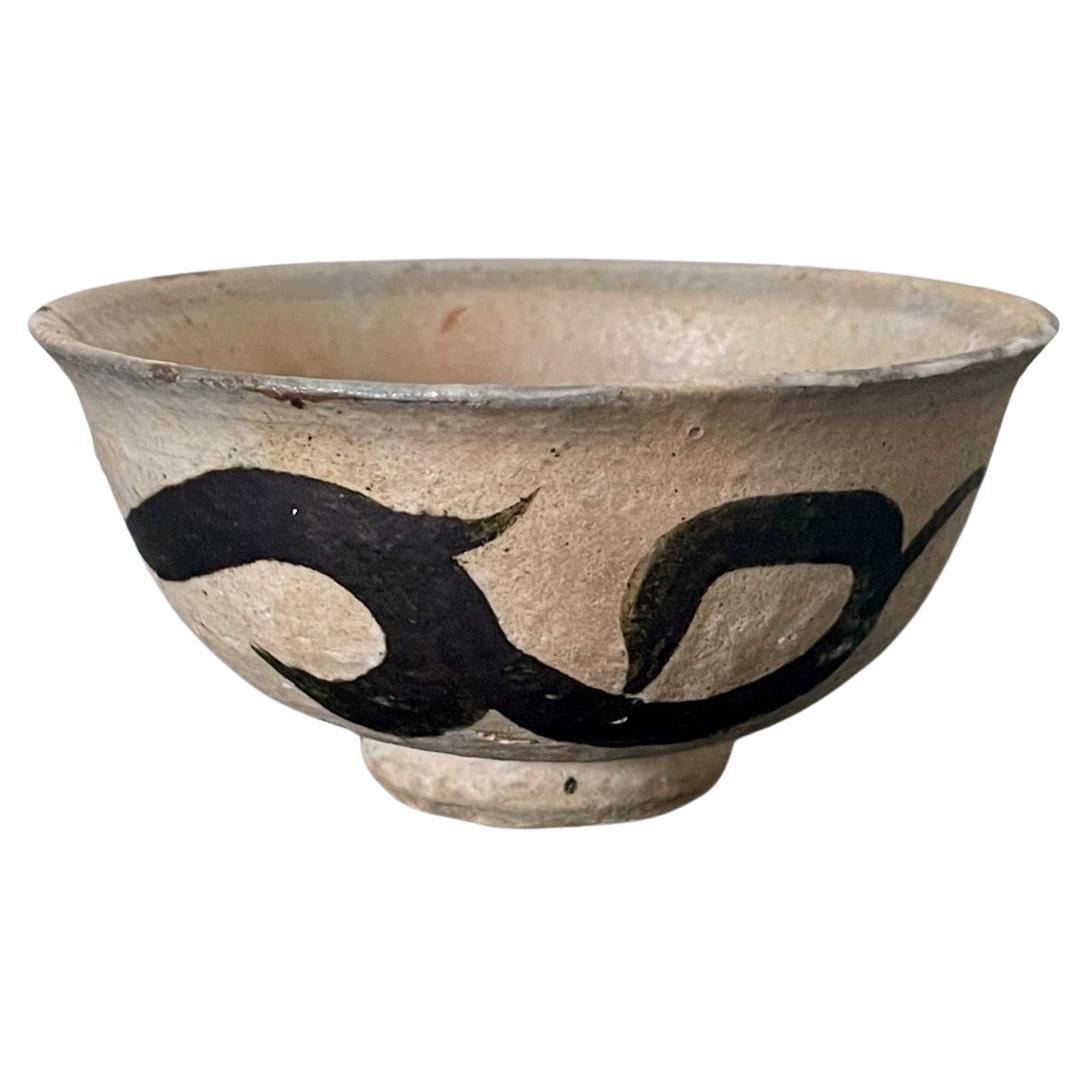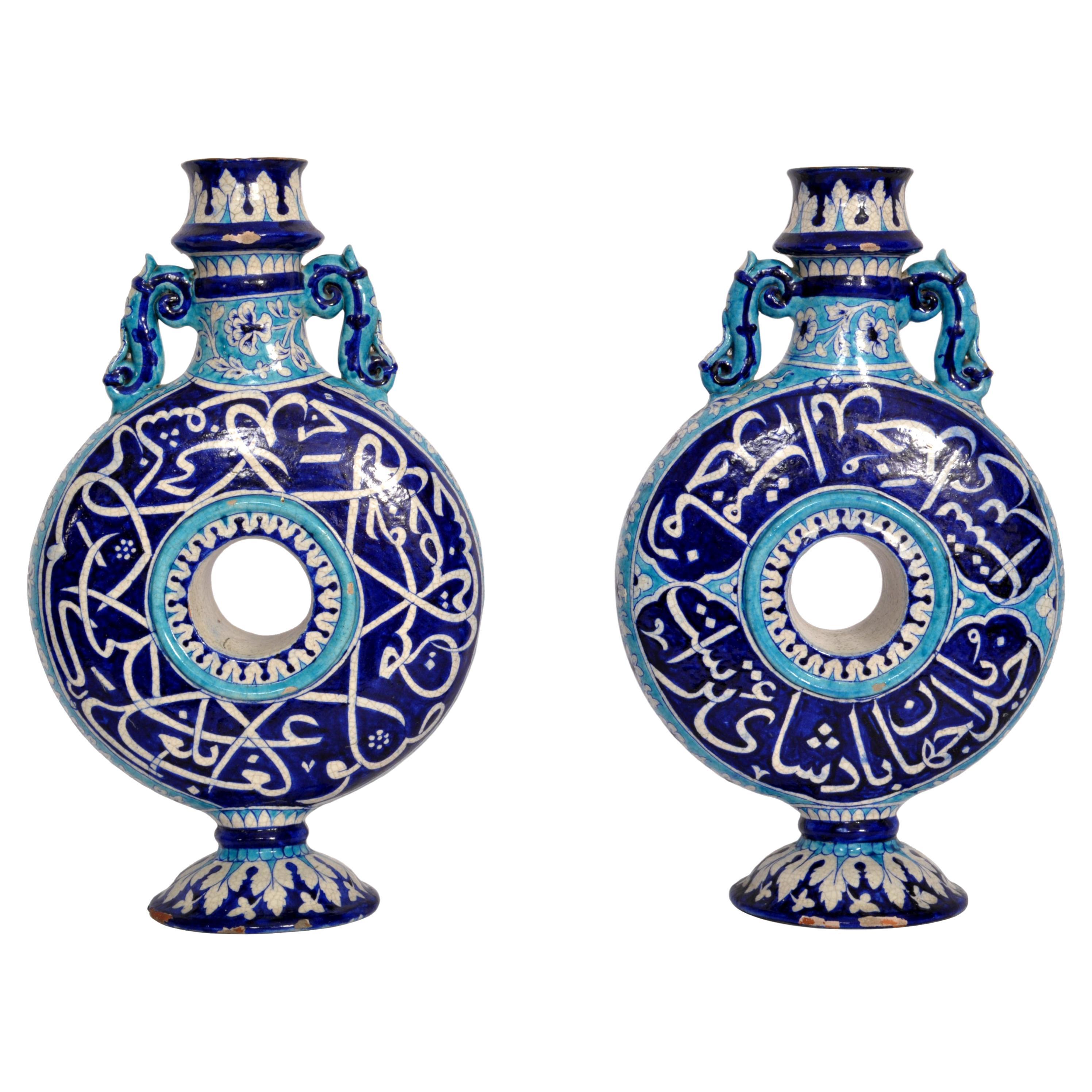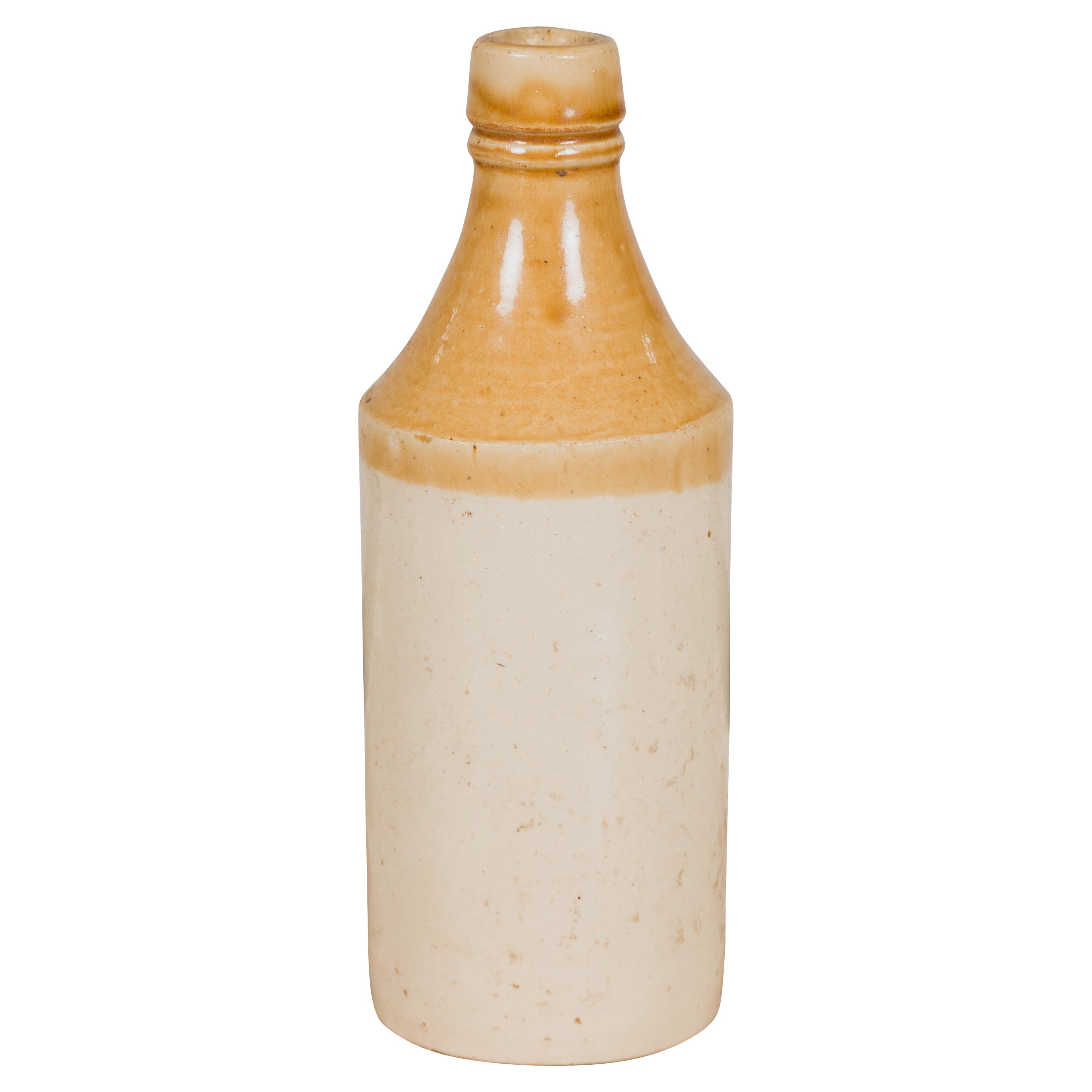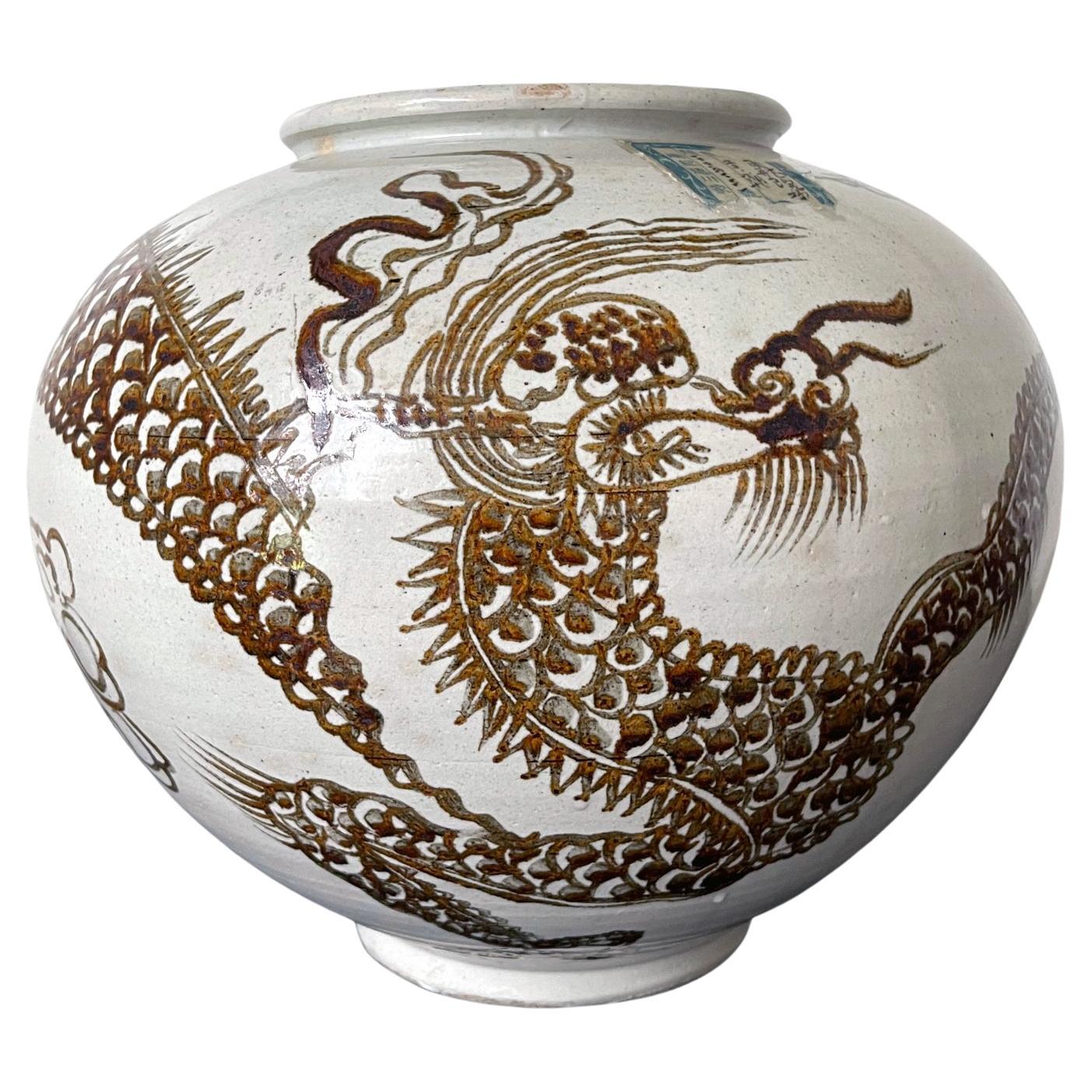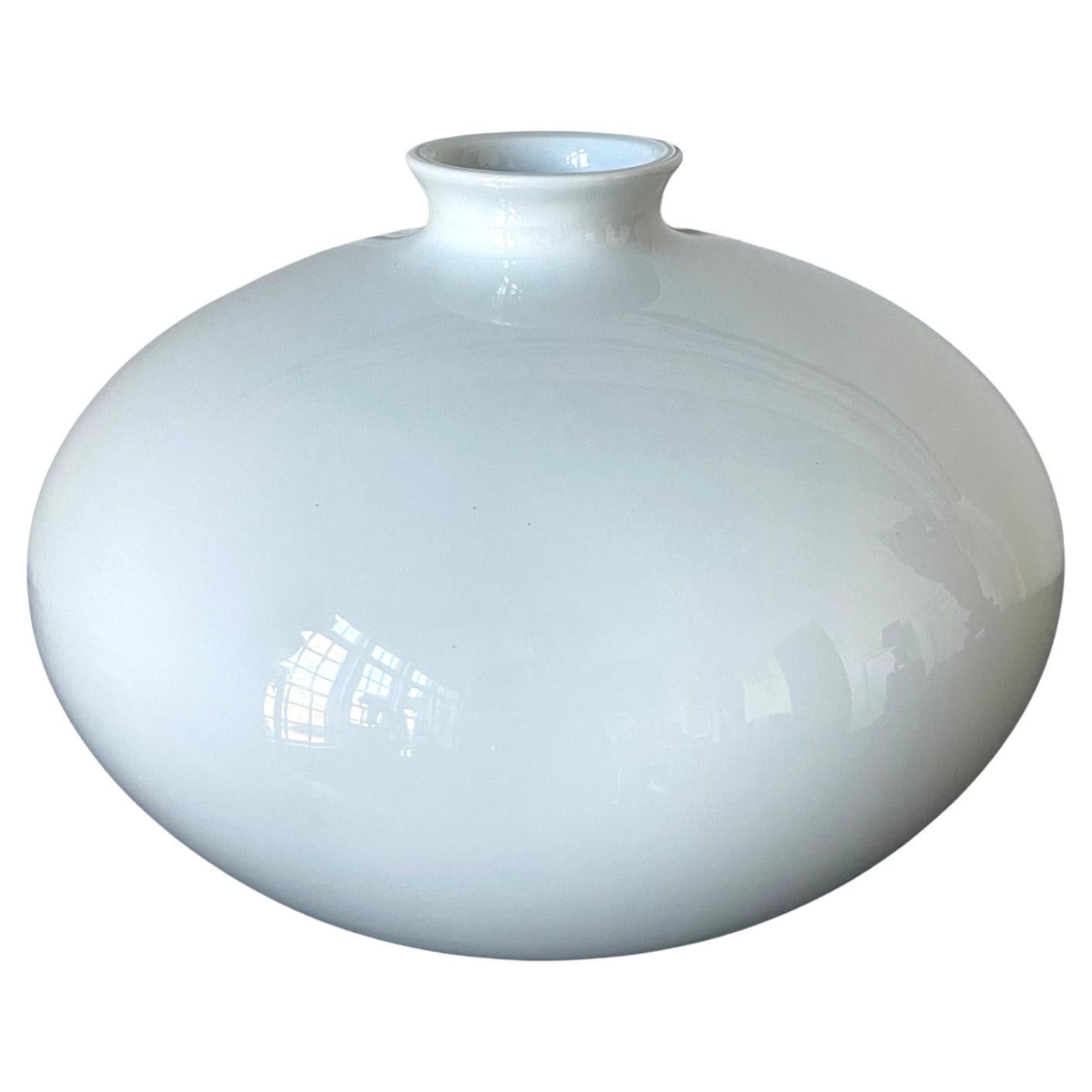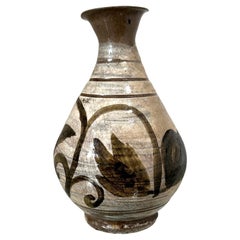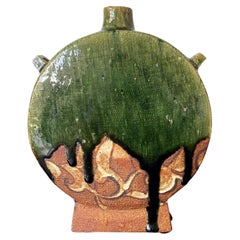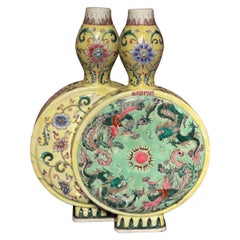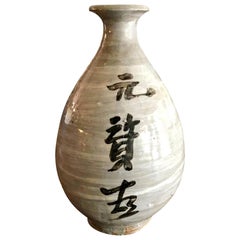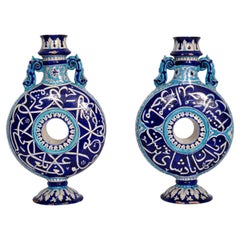
Contemporary Ceramic Buncheong Moon Flask by Kang Hyo Lee
View Similar Items
Want more images or videos?
Request additional images or videos from the seller
1 of 20
Contemporary Ceramic Buncheong Moon Flask by Kang Hyo Lee
About the Item
- Creator:Kang hyo Lee (Artist)
- Dimensions:Height: 11 in (27.94 cm)Width: 9.75 in (24.77 cm)Depth: 6.75 in (17.15 cm)
- Style:Modern (Of the Period)
- Materials and Techniques:
- Place of Origin:
- Period:
- Date of Manufacture:2008
- Condition:Wear consistent with age and use. Fine condition and the wood storage box shows wear.
- Seller Location:Atlanta, GA
- Reference Number:1stDibs: LU945027354262
About the Seller
5.0
Platinum Seller
These expertly vetted sellers are 1stDibs' most experienced sellers and are rated highest by our customers.
Established in 2006
1stDibs seller since 2010
479 sales on 1stDibs
More From This SellerView All
- Antique Korean Buncheong Ceramic Vase with Incised DesignsLocated in Atlanta, GAA Korean ceramic bottle form jar of Buncheong ware circa 15-16th century Joseon Dynasty. The surface of the jar features a celadon glaze and an elaborate incised design of large flor...Category
Antique 16th Century Korean Archaistic Ceramics
MaterialsCeramic
- Korean Glazed Ceramic Vase Buncheong Ware Joseon DynastyLocated in Atlanta, GAA small antique Korean Buncheong stoneware vase from early Joseon Dynasty circa 16th century. The vase is of a classic pear form with a waisted neck, a flared mouth and a ringed base...Category
Antique 16th Century Korean Other Ceramics
MaterialsCeramic
- Modern Japanese Studio Pottery Oribe Moon Flask Vase by Ken MatsuzakiBy Ken MatsuzakiLocated in Atlanta, GAA contemporary studio ceramic vase made by Japanese potter Ken Matsuzaki (1950-). The vase showcases distinguished "moon flask" form with shoulder loops. The moon flask form was widely recorded first in Tang Dynasty China, most likely arrived from the Mideast countries via the silk road. It was originally used as drink vessel for the nomads and the loops were used to tie it to the horse-centered owner. The exotic form persisted in Chinese ceramic production through Ming to Qing dynasty. The form is unusual in Ken Matsuzaki's work. The artist covered the vase with a thick dripping Oribe green glaze partially revealing the unglazed part of the body, which is decorated with scrolling pattern in left by ash glaze. The work is rooted in both Yohen Shino glaze technique and Oribe tradition, but interestingly it also paid homage to Sancai pottery in Tang Dynasty when green glaze was prominently used to drip and splash onto the pottery. Viewing the vase, one can see in this harmonious piece, the innovative reinterpretation of ancient aesthetics that cross the cultures, geology and time. The base is marked with the artist's signature. The vase comes with an inscribed tomobako storage box with the artist's bio and wrapping cloth with seal. The vase measures 8.6"h x 7"w x 2"d. Ken Matsuzaki’s haptic ceramics bring a contemporary approach to traditional Japanese ceramicware, most notably 16th-century Oribe pottery...Category
Early 2000s Japanese Modern Ceramics
MaterialsCeramic
- Korean Glazed Ceramic Vase Buncheong Ware Early Joseon DynastyLocated in Atlanta, GAAn antique Korean Buncheong stoneware vase from early Joseon Dynasty circa late 15th to early 16th century. The vase is of a classic pear form with a ...Category
Antique 15th Century and Earlier Korean Archaistic Ceramics
MaterialsCeramic
- Korean Ceramic Buncheong Ware Tea Bowl Early Joseon DynastyLocated in Atlanta, GAAn antique Korean Buncheong stoneware tea bowl (chawan) from early Joseon Dynasty circa late 15th to early 16th century. The bowl with a short ring base is nearly entirely covered in a white slip except the base (known as sougusuri in Japanese, total glaze). Iron-colored scrolling vines were painted on with quick and deft brush strokes, rendering the bowl a vital and spontaneous appeal. It appears that the bowl was dipped in the white slip instead of being brushed on, observing from the slip pattern left on the rim of the bowl. The bowl shows significant age and evident of use for tea drinking. There are losses of glaze flakes throughout, along the rim and inside the bowl. The flake off the glaze left a dark spot on the rim, exposing the deep colored clay underneath. Inside the bowl, many of the glaze flakes appear more superficial and retains a yellowing color from the tea stains (known as amamori, rain leak). There is a historical crack line on the exterior (surface only) that result in associated small losses of glaze. It appears that the crack line was the result from the kiln firing and gradually the glaze around it started to reduce. The bowl comes with a later wrapping cloth and a wood tomobako box, but they are not original to the piece. This particular type of Buncheong ware was associated with the Hakbong-ri kilns in the sacred Mount Gyeryong Mountains, west of Daejeon city in the Chungcheong province. During early Joseon Dynasty, the emperor decided to reject Buddhism to embrace the Confucianism. As a result, many monks were forced to abandon their religious life and returned to the secular society. The monks in Gyeryong mountains set up the kilns and started to produce this so called "Hakbong-ri" type of Buncheong ware. The production was shorted-lived for only a few decades from late 15th to early 16th century before it turned to porcelain, but the ware made during that period was noted for their fresh and enigmatic appeal with deft iron-paint decoration. Collectors cherish these rare pieces for their vitality and spontaneity often used them on important occasions of chado in Japan and passed down to generation. For a similar bowl, see Catalog 52 illustrated on page 87 of the book "Korean Buncheong Ceramics...Category
Antique 15th Century and Earlier Korean Archaistic Ceramics
MaterialsCeramic
- Korean Contemporary Buncheong Ceramic Sculpture by Sung Jae ChoiBy Sung Jae ChoiLocated in Atlanta, GAA ceramic sculpture piece created in the tradition of Buncheong ware by contemporary Korean ceramicist Sung Jae Choi (South Korean, b. 1962). In a hollow rectangular with slight irregularity of being hand-made, the piece evokes the distant memory of the stoneware pillow...Category
Early 2000s Korean Modern Ceramics
MaterialsCeramic
You May Also Like
- Chinese Famille Rose Double Moon Flask VaseLocated in New York, NYChinese famille rose double moon flask shaped delicate ceramic vase with painted dragon and floral motif, Qianlong, early 20th century. In remarkable antiqu...Category
Vintage 1920s Chinese Ceramics
MaterialsCeramic
- Korean Buncheong Joseon Dynasty Glazed Pottery Ceramic Calligraphy VaseLocated in Studio City, CAA beautifully glazed and colored, hand-decorated Korean Buncheong vase. Joseon Dynasty (1392-1910). Very nice patina. We are listing it as 19th cent...Category
Antique 19th Century Korean Ceramics
MaterialsEarthenware
- Pair Antique Indian Sindh Multan Islamic Caligraphy Pottery Moon Flasks 1850Located in Portland, ORA rare pair of large 19th Century antique Islamic Multan pottery moon flasks, India, Sindh province (now Western Pakistan), circa 1850. The flasks are decorated in blue, white and tu...Category
Antique 1850s Indian Islamic Vases
MaterialsPottery
$1,950 Sale Price / set25% Off - Vintage Chinese Ceramic Flask with Yellow and Cream Glaze, Several AvailableLocated in Yonkers, NYA vintage Chinese ceramic flask from the mid 20th century, with yellow glaze. We have several available, priced and sold individually. Created in China during the midcentury period, ...Category
Mid-20th Century Chinese Bottles
MaterialsCeramic
- Japanese Contemporary Blue Ceramic Vase by Master ArtistLocated in Takarazuka, JPThis Exquisite contemporary ceramic vase with horizontal etchings features silver foil in a striking blue, meticulously positioned, using lacquer as an adhesive and sealed to the vas...Category
21st Century and Contemporary Japanese Ceramics
MaterialsSilver, Foil
- Heiwa Ceramic Urn, Obvara, Ceramic Raku PotteryBy RAAQUULocated in Petaling Jaya, MYHeiwa - Peace Our Heiwa urn is a mid sized urn that has a unique lipped design where the lid goes into the body of the vase. This urn has a rounded knob cover holder and can be se...Category
2010s Malaysian Modern Urns
MaterialsCopper
